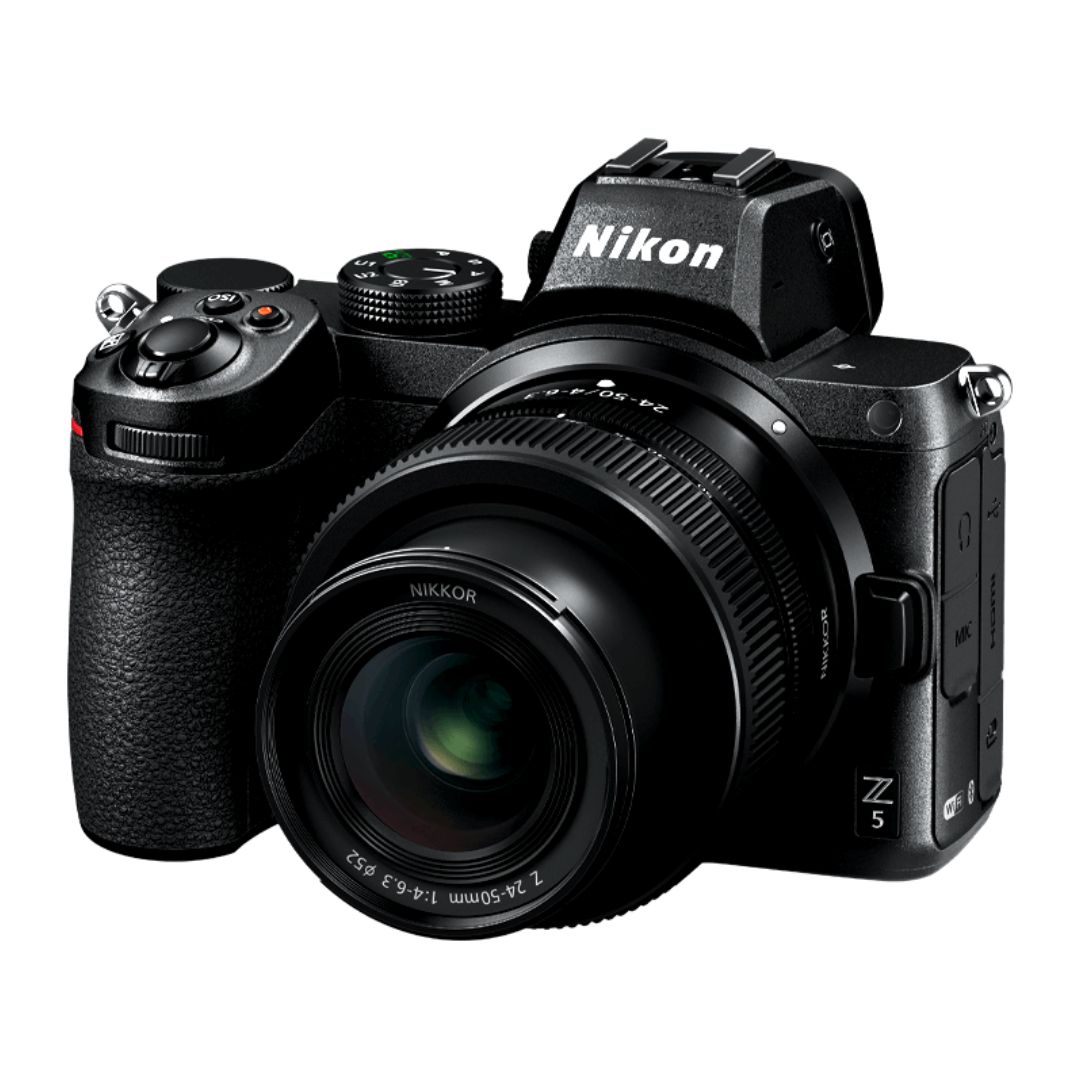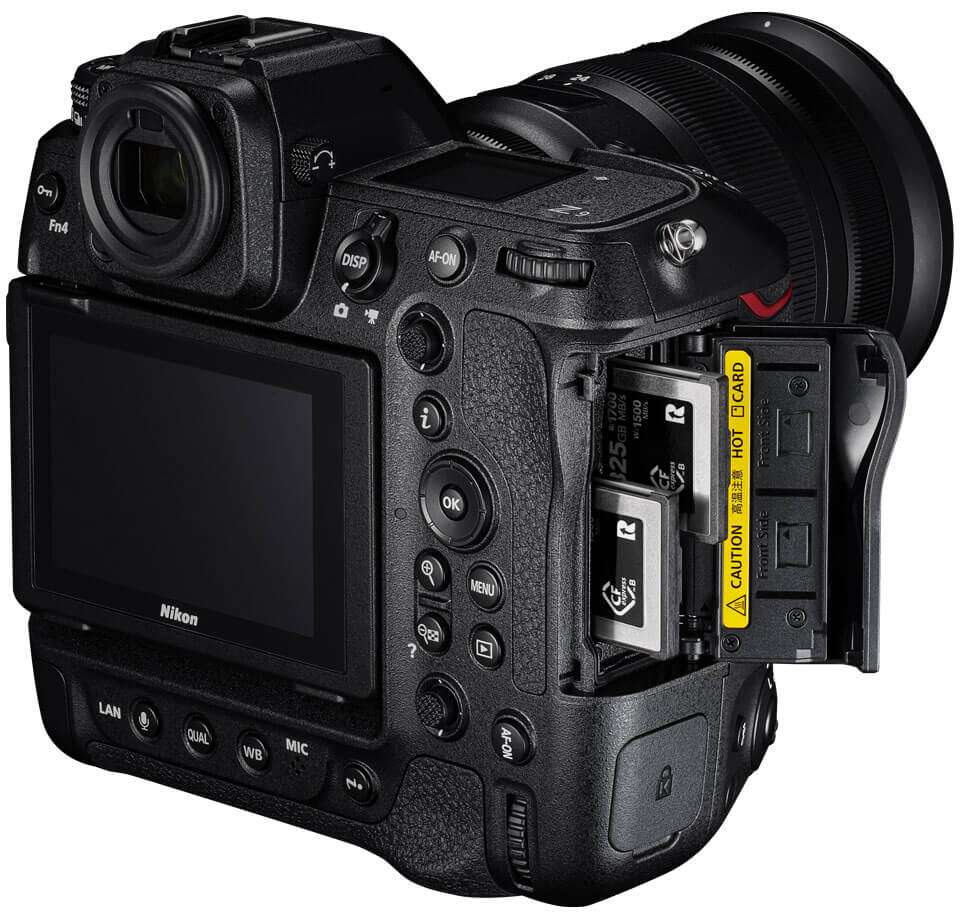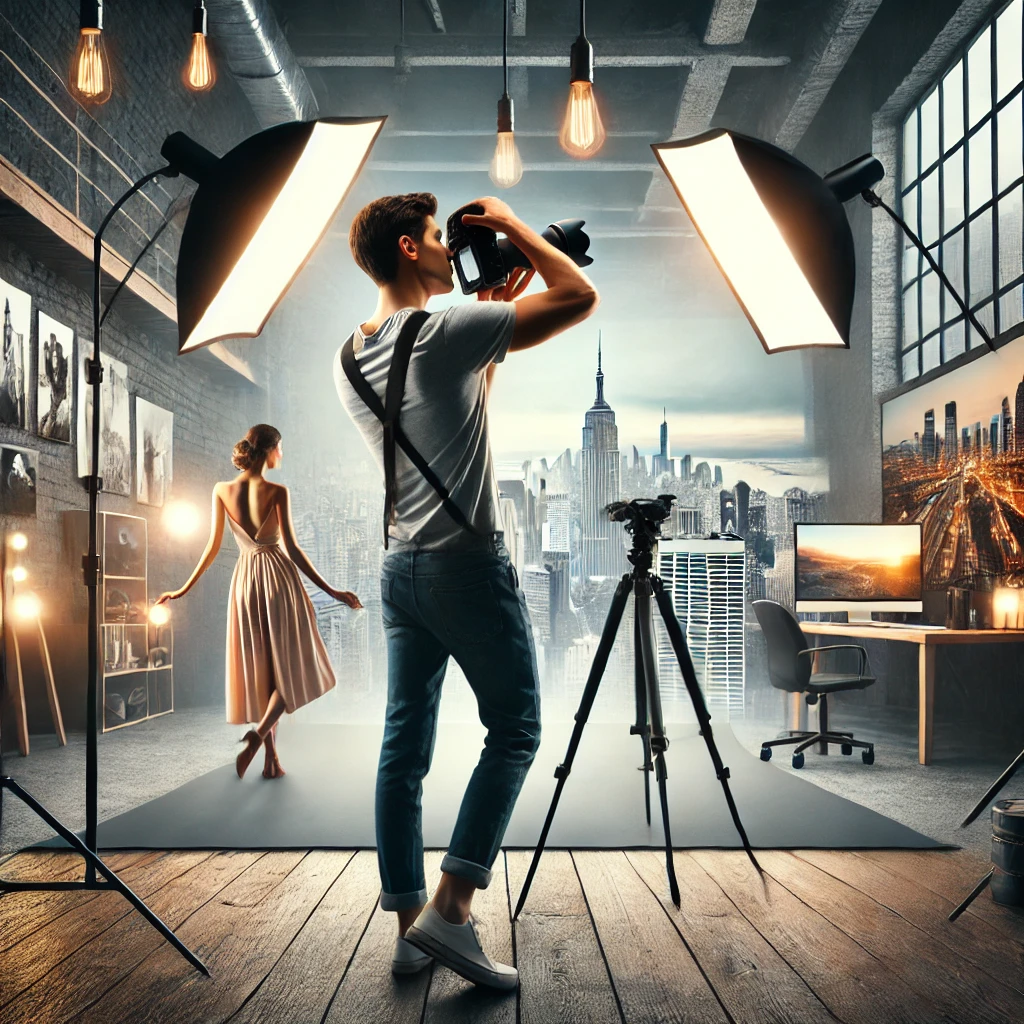Professional portfolio photography plays a crucial role in establishing an individual’s personal brand, whether in modeling, corporate headshots, acting, or creative industries. The right background and location can elevate the quality of images, setting the tone and professionalism of a portfolio.
This in-depth guide will cover:
- Why background selection matters in professional portfolio photography
- Studio vs. outdoor locations: Pros and cons
- Best studio backgrounds for professional portfolios
- Top outdoor locations for dynamic shots
- Creative indoor spaces for unique photography
- How to choose the best background for your niche
- Lighting considerations for different backgrounds
- Common mistakes to avoid when selecting a location
- Tips for ensuring background consistency in your portfolio
Let’s dive into the world of backgrounds and locations to create a stunning professional portfolio!
1. Why Background Selection Matters in Professional Portfolio Photography
The Impact of Backgrounds on Portfolio Quality
- Enhances Visual Appeal – A clean, well-chosen background highlights the subject.
- Defines Branding and Style – Different backgrounds communicate various professional and artistic messages.
- Eliminates Distractions – A well-composed background keeps the focus on the subject.
- Improves Lighting Control – Certain backgrounds reflect light better, affecting overall image quality.
Background Considerations Based on Industry
- Models & Actors – Neutral or minimalistic settings to emphasize facial features.
- Corporate Professionals – Business environments or solid colors for credibility.
- Artists & Creatives – Textured, urban, or artistic backgrounds to showcase personality.
- Fitness Professionals – Gyms, outdoor spaces, or high-energy settings for dynamic impact.
2. Studio vs. Outdoor Locations: Pros and Cons
Studio Photography
Pros:
- Full control over lighting and elements.
- Consistent background options.
- No weather-related disruptions.
- Easy retouching and post-processing.
Cons:
- Can feel less dynamic and natural.
- Requires booking or access to a studio.
- Less variety in scenery.
Outdoor Photography
Pros:
- More natural and engaging.
- Variety of backgrounds (urban, nature, industrial, etc.).
- No rental fees if using public locations.
Cons:
- Dependent on weather and lighting conditions.
- More difficult to control elements like background distractions and wind.
- Potential need for location permits.
3. Best Studio Backgrounds for Professional Portfolios
Solid Color Backgrounds
- White: Clean, timeless, ideal for corporate and modeling shots.
- Gray: Neutral and professional for various portfolio needs.
- Black: Dramatic and stylish for high-end or artistic portraits.
Textured Backgrounds
- Canvas Backdrops: Adds depth while remaining subtle.
- Wood Paneling: Warm and professional for lifestyle branding.
- Concrete or Stone Finish: Modern and edgy for unique portfolio shots.
Seamless Paper Backdrops
- Available in multiple colors for branding alignment.
- Creates an elegant, distraction-free portrait.
4. Top Outdoor Locations for Dynamic Shots
Urban Settings
- City Streets: Vibrant and energetic for lifestyle or business branding.
- Architectural Landmarks: Adds sophistication and structure to portfolio images.
- Graffiti Walls: Expressive and dynamic for creative professionals.
Natural Landscapes
- Parks & Forests: Soft, organic backgrounds perfect for natural aesthetics.
- Beaches: Serene and open for lifestyle or fitness professionals.
- Mountains & Cliffs: Dramatic and bold for adventure-based portfolios.
Industrial Locations
- Warehouses & Factories: Gritty, high-contrast backdrops ideal for fashion or artistic branding.
- Abandoned Buildings: Edgy and unique, adding character to creative shoots.
5. Creative Indoor Spaces for Unique Photography
Office Spaces
- Corporate Offices: Professional setting for business headshots.
- Co-Working Spaces: Modern and stylish for entrepreneurs and freelancers.
Cafes & Restaurants
- Stylish Cafes: Great for lifestyle photography and influencer portfolios.
- Luxury Restaurants: Upscale environments perfect for high-end branding.
Art Galleries & Museums
- Minimalistic & Artistic: Ideal for sophisticated and creative portfolio photography.
6. How to Choose the Best Background for Your Niche
Consider Your Target Audience
- Corporate professionals: Clean, neutral, office-based.
- Models & actors: Plain or textured backdrops that emphasize facial features.
- Artists & influencers: Vibrant, creative, and personality-driven backgrounds.
Complement the Subject’s Look
- Avoid backgrounds that clash with clothing.
- Choose colors and textures that enhance rather than overpower.
7. Lighting Considerations for Different Backgrounds
Studio Lighting
- Softboxes & Ring Lights: Best for controlled, even lighting.
- Reflectors: Help eliminate shadows and add balance.
Outdoor Lighting
- Golden Hour: Best for natural, soft lighting.
- Overcast Days: Provides even light without harsh shadows.
- Avoid Direct Sunlight: Can cause overexposure and squinting.
8. Common Mistakes to Avoid When Selecting a Location
- Overly cluttered or distracting backgrounds.
- Poor lighting conditions that result in harsh shadows or washed-out images.
- Backgrounds that clash with the subject’s outfit.
- Locations that require permits without prior approval.
9. Tips for Ensuring Background Consistency in Your Portfolio
- Maintain a consistent color scheme and aesthetic.
- Use similar lighting setups for cohesion.
- Avoid excessive use of filters or inconsistent editing styles.
- Choose locations that align with your personal brand or industry expectations.
Conclusion
Selecting the right background and location is a vital step in professional portfolio photography. Whether opting for a clean studio backdrop, an urban setting, or a natural landscape, choosing the right environment ensures that your portfolio remains polished, engaging, and aligned with your branding goals.
By following these best practices, you can create high-quality portfolio images that enhance your professional presence and leave a lasting impression on your audience.

Sony Alpha a7 IV: The Ultimate Camera for Photography

Nikon Z5 Review: Is It Worth It?
-

Nikon Z9 : Game-Changer for Photography
-

Top Features of Nikon D850 That Make It Ideal for Portfolio Shoots
Sony Alpha a7 IV: The Ultimate Camera for Photography
Explore the Sony Alpha a7 IV in this complete 2025 review. Learn how its pro-level features, real-world performance, and hybrid flexibility make it the ultimate camera for photography across genres like portraits, weddings, travel, and commercial work. Table of Contents Section 1: Introduction – Why the Sony Alpha a7 IV Stands Out The Sony Alpha…
Nikon Z5 Review: Is It Worth It?
In 2025, photographers—whether hobbyists, content creators, or professionals—seek equipment that blends value, performance, and future-readiness. Enter the Nikon Z5, a full-frame mirrorless camera marketed as a gateway to high-end imaging without a flagship price tag. But how well does it hold up under real-world demands like studio shoots, weddings, landscape adventures, and lifestyle photography? In…
Nikon Z9 : Game-Changer for Photography
Discover why the Nikon Z9 is considered a true game-changer for photography. This in-depth Nikon Z9 review explores key features, real-world performance, and how it excels in professional photo shoots in 2025. Table of Contents 1. Introduction The photography world witnessed a significant shift with the launch of the Nikon Z9, a flagship mirrorless camera…
Top Features of Nikon D850 That Make It Ideal for Portfolio Shoots
Discover why the Nikon D850 is the ultimate DSLR for portfolio shoots. Explore its top features—from resolution and dynamic range to autofocus precision and workflow speed—that help photographers create stunning, high-impact images for professional portfolios. Whether you’re a portrait artist, fashion photographer, or visual storyteller, a portfolio shoot demands technical excellence, creative flexibility, and uncompromised…
Candid Moments with Canon EOS R10: Lightweight & Reliable
In the evolving world of mirrorless photography, the Canon EOS R10 stands out as a lightweight yet powerful camera tailored for real-life storytelling. Whether you’re photographing street scenes, family gatherings, weddings, or spontaneous portraits, capturing genuine emotion requires a responsive and discreet tool. This article dives deep into how the Canon EOS R10 excels in…
Bold Portraits with Canon EOS R5: Is It the Best for Work?
Studio photography has always demanded precision, artistry, and impeccable gear. As the expectations for commercial portraits, fashion campaigns, and editorial work continue to rise, the tools we use must evolve. Enter the Canon EOS R5, a camera that has stirred the professional waters with its impressive technical specs and forward-thinking design. In this comprehensive Canon…


